- Joined
- Mar 25, 2009
- Messages
- 9,823 (1.69/day)
- Location
- 04578
| System Name | Old reliable |
|---|---|
| Processor | Intel 8700K @ 4.8 GHz |
| Motherboard | MSI Z370 Gaming Pro Carbon AC |
| Cooling | Custom Water |
| Memory | 32 GB Crucial Ballistix 3666 MHz |
| Video Card(s) | MSI RTX 3080 10GB Suprim X |
| Storage | 3x SSDs 2x HDDs |
| Display(s) | ASUS VG27AQL1A x2 2560x1440 8bit IPS |
| Case | Thermaltake Core P3 TG |
| Audio Device(s) | Samson Meteor Mic / Generic 2.1 / KRK KNS 6400 headset |
| Power Supply | Zalman EBT-1000 |
| Mouse | Mionix NAOS 7000 |
| Keyboard | Mionix |
It would appear AMD's 7nm Vega 20 has been benchmarked in Final Fantasy XV. While the details are scarce, what we do know is the hardware device ID 66AF:C1 can be linked to Vega 20 via the Linux patches back in April. Now considering AMD has not confirmed any 7nm Vega graphics cards for consumers, It is more likely this version is an engineering sample for the new Radeon Instinct or Pro series cards.
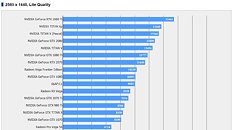
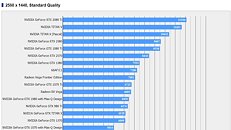
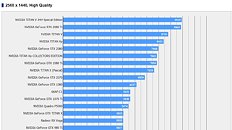
While the Final Fantasy XV benchmark is not exactly an AMD friendly title considering the heavy use of NVIDIA's Gameworks. The fact remains, it does give us a glimpse into its performance compared to the currently available Vega based graphics cards on the market. Looking at the charts, 66AF:C1 offers performance that typically beats out the previous Vega offerings including, Vega 56, Vega 64 and even the Frontier Edition. Even so, it still lags behind NVIDIA's older GTX 1080. A few possible reasons for these results exist, first, the GPU may not be operating at peak clock speeds which is indeed possible if it is an engineering sample. However, another likely possibility is that AMD is using 7nm as a means to lower power consumption, rather than to increase performance. Like all leaks of this nature it is best to take them with a grain of salt.
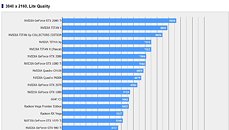
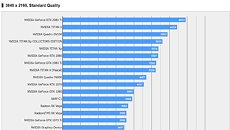
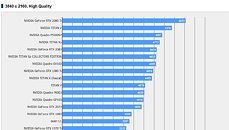
View at TechPowerUp Main Site



While the Final Fantasy XV benchmark is not exactly an AMD friendly title considering the heavy use of NVIDIA's Gameworks. The fact remains, it does give us a glimpse into its performance compared to the currently available Vega based graphics cards on the market. Looking at the charts, 66AF:C1 offers performance that typically beats out the previous Vega offerings including, Vega 56, Vega 64 and even the Frontier Edition. Even so, it still lags behind NVIDIA's older GTX 1080. A few possible reasons for these results exist, first, the GPU may not be operating at peak clock speeds which is indeed possible if it is an engineering sample. However, another likely possibility is that AMD is using 7nm as a means to lower power consumption, rather than to increase performance. Like all leaks of this nature it is best to take them with a grain of salt.



View at TechPowerUp Main Site











